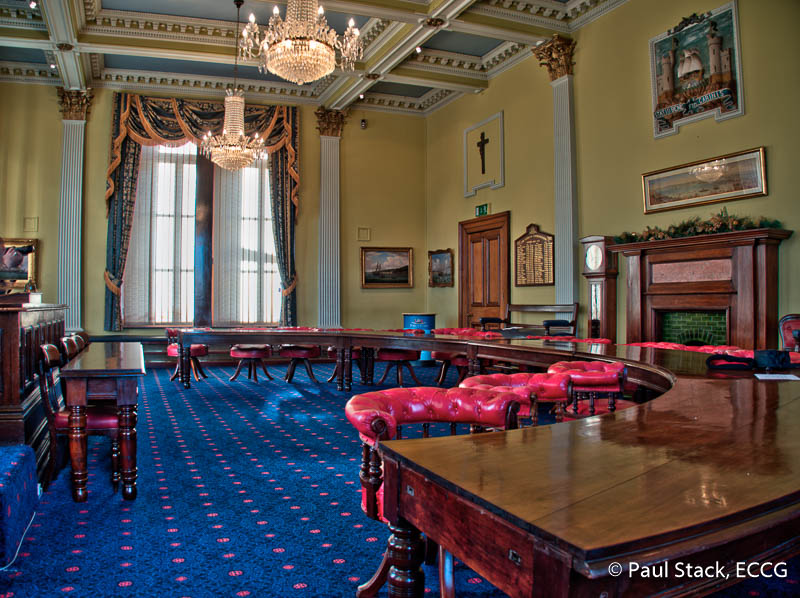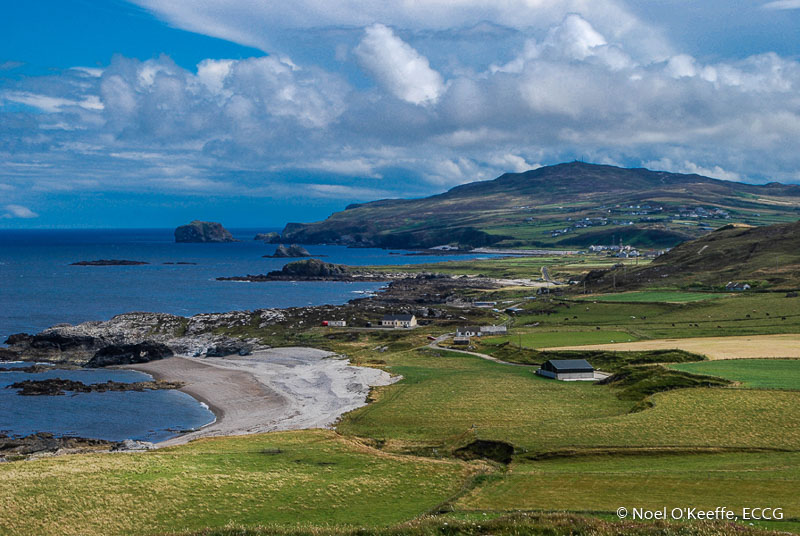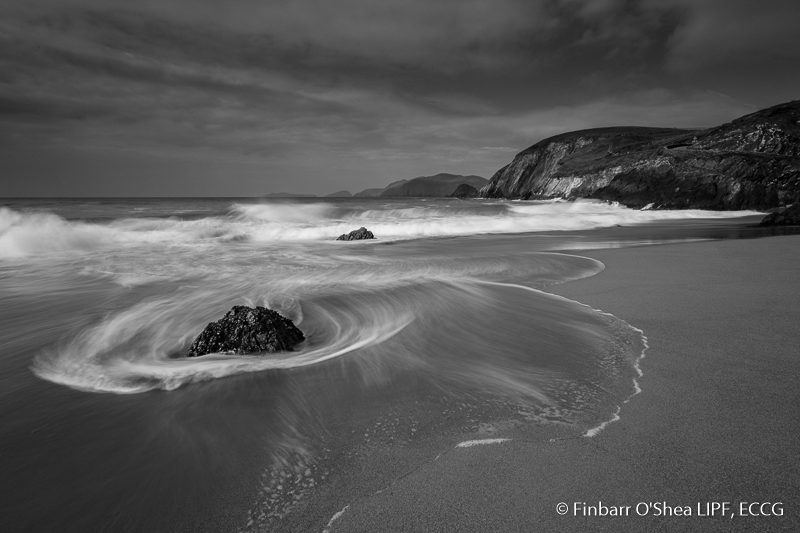On 10th February, we at East Cork Camera Group were fortunate to gain access to The Custom House, Cork. The Custom House was designed by William Hargrave in 1818 and built at Custom House Street between the North and South Channels of the River Lee. In 1904 it became the headquarters of The Cork Harbour Commissioners, now known as the Port of Cork Company. We visited the ornate boardroom designed by William Price in 1906 and also the Committee Room with its pale cream and
gold wallpaper and delicately patterned ceiling.
The Boardroom and Committee Room house a collection of maritime artwork owned by the Port of Cork Company. We strolled down the quay by the bonded warehouses in the Custom House yard The Warehouses were built by prison labour in 1820 to hold imported goods until duty was paid. The warehouses were built from rubble sandstone with squared and cut limestone. They were built on a trapezoidal plan having canopies to ground floor level. Vaulted stores to ground floor and stone spiral stairs within external semi-circular towers.
Having completed our visit to this landmark building within Cork City we were in time to capture the sunset over the River Lee. A truly memorable experience was had by everyone.
See a gallery of images from the shoot here. Enjoy!
- Eileen Upton





